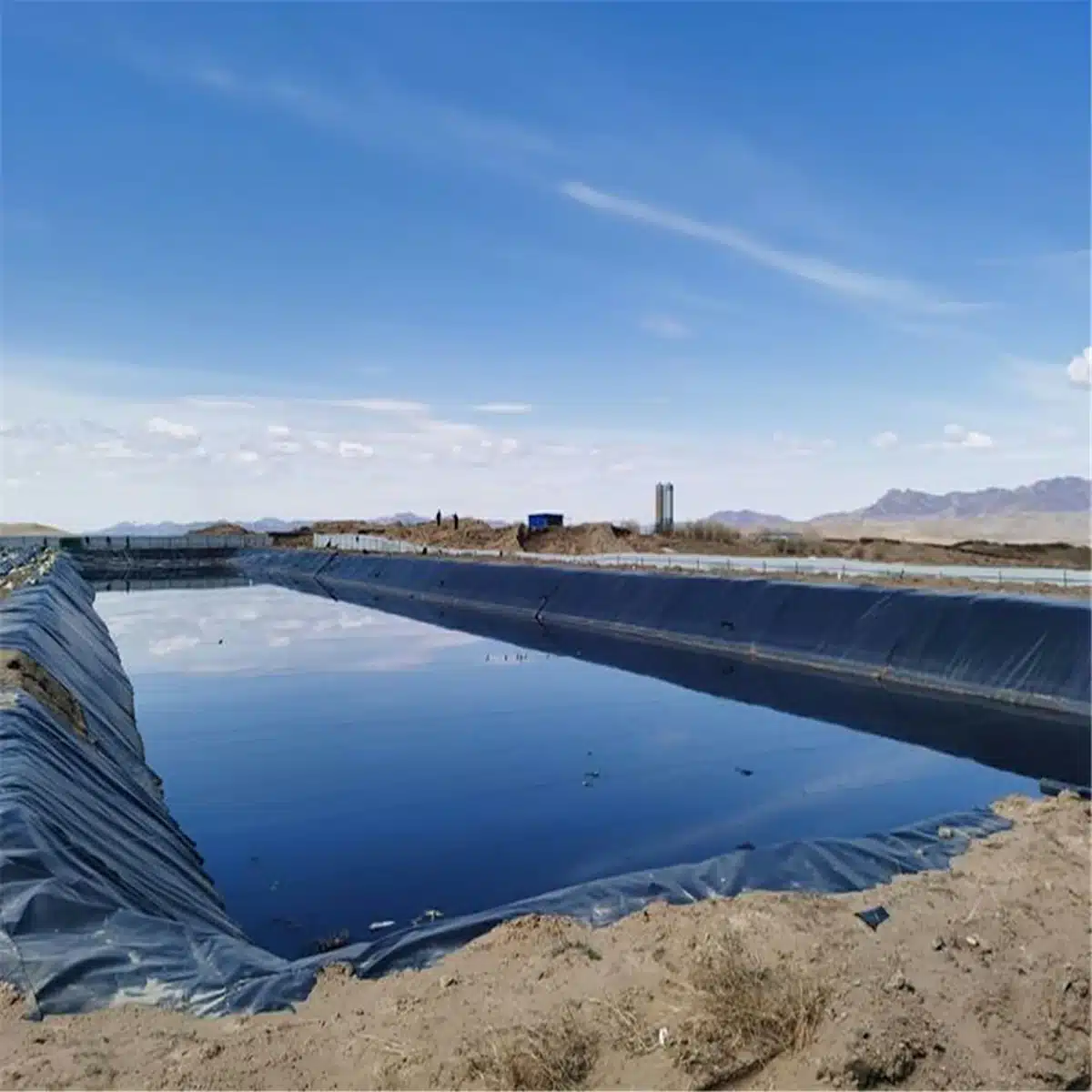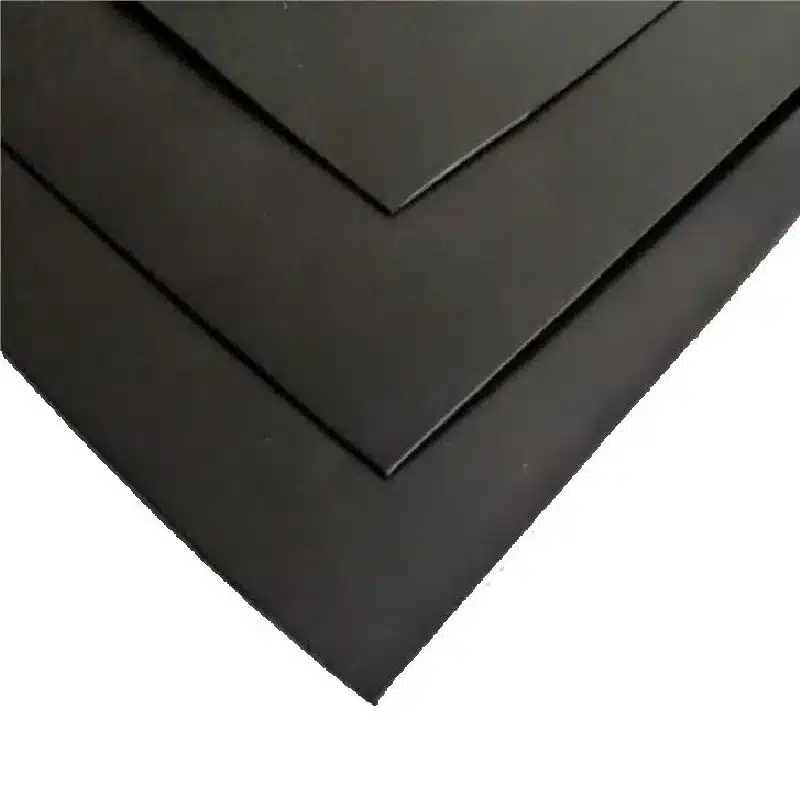+86-159 9860 6917
info@geofantex.com
geofantex@gmail.com
+86-400-8266163-44899
In the realm of environmental engineering and waste management, geomembrane venting systems represent a critical innovation. These systems, designed to safely release gases from beneath geomembranes in landfills, mining operations, and contaminated sites, play a pivotal role in protecting soil and groundwater from pollution. This article delves into the intricacies of geomembrane venting systems, exploring their design, functionality, benefits, and applications. By answering four key questions, we aim to shed light on how these systems contribute to sustainable environmental practices and the preservation of natural resources.

What are Geomembrane Venting Systems, and How Do They Work?
Geomembrane venting systems are specialized installations used primarily in the construction and environmental sectors to manage and mitigate the effects of gases generated beneath surface barriers like landfill liners or other containment systems. Here’s a breakdown of what they are and how they work:
What are Geomembrane Venting Systems?
- Definition: A geomembrane venting system consists of a protective barrier, often made from synthetic materials, that is designed to prevent the migration of gases from a contaminated or controlled area to the atmosphere. These systems are crucial in landfills, mining operations, and remediation sites where gas buildup could be hazardous.
How Do They Work?
- Pressure Relief: The system relieves pressure and prevents it from building up to levels that could damage the geomembrane or pose safety risks. This is essential to maintain the integrity of the containment system.
- Transportation: Gases are transported through the collection system to a central point where they can be processed. This may involve flaring (burning off the gases), utilizing them as a fuel source, or treating them to remove contaminants before release into the atmosphere.
- Monitoring and Maintenance: These systems often include monitoring equipment to assess the effectiveness of the gas collection and the integrity of the geomembrane. Regular maintenance ensures that the system functions correctly and remains effective over time.
Geomembrane venting systems are critical in environmental engineering, offering a solution to manage hazardous gas emissions efficiently and safely, thereby protecting both human health and the environment.
Why are Geomembrane Venting Systems Important?
Geomembrane venting systems are crucial for several key reasons:
- Gas Control: Geomembranes are used extensively in landfills and other waste containment systems to prevent hazardous gases generated from the decomposition of organic material from escaping into the atmosphere. These gases, primarily methane, and carbon dioxide can be harmful if released unchecked. Venting systems ensure these gases are safely extracted and treated if necessary.
- Structural Stability: Accumulated gases under geomembranes can create pressure that may lead to the ballooning or uplift of the membrane, potentially compromising the integrity and effectiveness of the containment system. Venting helps to alleviate this pressure, maintaining the structural stability of the system.
- Environmental Protection: By controlling the release of gases, venting systems also help to minimize the impact of potentially hazardous emissions on the environment. This is essential for complying with environmental regulations and for the overall protection of local ecosystems.
- Safety: Methane, a common byproduct in waste disposal sites, is highly flammable. Proper venting reduces the risk of explosions, which is critical for the safety of the site and surrounding areas.
Overall, geomembrane venting systems play a crucial role in the management and mitigation of environmental and safety risks associated with waste containment and disposal sites.

Where are Geomembrane Venting Systems Typically Used?
Geomembrane venting systems are commonly used in various applications where there is a need to manage gas pressure and flow beneath the geomembrane liner. Some typical areas of application include:
- Landfills: Geomembrane venting systems are extensively used in landfill sites to control the buildup of methane and other gases generated by decomposing waste materials. These systems help prevent the accumulation of gas pockets beneath the geomembrane liner, which could potentially lead to issues like liner uplift or damage.
- Contaminated Sites: In areas where soil or groundwater is contaminated with volatile organic compounds (VOCs) or other hazardous gases, geomembrane venting systems can be employed to mitigate the spread of contaminants and protect the surrounding environment.
- Mining Operations: Geomembrane liners are often used in mining operations to contain leachate or prevent the seepage of contaminants into the surrounding soil and water. Venting systems can help manage gas emissions generated during mining activities, such as methane from coal mines or sulfide gases from metal ore processing.
Overall, geomembrane venting systems play a vital role in maintaining the effectiveness and safety of geomembrane liner installations across various industries, helping to mitigate environmental risks associated with gas migration and pressure buildup.
What are the Benefits of Implementing Geomembrane Venting Systems?
Implementing geomembrane venting systems can offer several benefits, especially in applications such as landfills, ponds, and containment facilities:
- Gas Management: Geomembrane venting systems help in managing gases such as methane and other volatile organic compounds (VOCs) that can accumulate in landfills or containment areas. By venting these gases safely, the risk of explosion or environmental contamination is reduced.
- Odor Control: Venting systems can help mitigate unpleasant odors that may arise from decomposing waste or other organic materials. By capturing and directing gases away from populated areas, these systems contribute to a more pleasant environment for nearby communities.
- Environmental Protection: Preventing the release of harmful gases into the atmosphere helps in maintaining air quality and reduces the impact on the environment. This is particularly important in areas where strict environmental regulations are in place to protect ecosystems and public health.
- Pressure Equalization: Geomembrane venting systems can help equalize pressure within containment structures, preventing the buildup of pressure that could lead to structural damage or failure. This is crucial for maintaining the integrity of the containment system over time.
Overall, implementing geomembrane venting systems offers numerous benefits for environmental protection, public health, and regulatory compliance in various industrial and waste management applications.
Geomembrane venting systems stand at the forefront of efforts to manage environmental pollution and protect natural resources in the face of challenging waste management and remediation projects. By understanding how these systems work, their importance, applications, and benefits, stakeholders across industries can make informed decisions about their implementation. As the world continues to seek sustainable solutions to environmental challenges, the role of geomembrane venting systems in ensuring the safety and integrity of our planet cannot be overstated. Through innovative engineering and a commitment to environmental protection, these systems offer a promising path forward in the ongoing quest for a cleaner, safer world.



Get Free Sample
We’ll respond as soon as possible(within 12 hours)






















